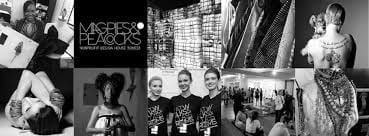TEST & ITERATE: Team Magpies & Peacocks
Based on the feedback we received from our previous test, we added a receptacle box by the front desk, and waited another week to see the results. Since we only made a change that would affect time taken to sort donations into boxes, that was the only metric we asked employees to pay attention to in this iteration. We received feedback that it took less than a day for employees to take donations from the front box and sort them into the categories at the station. Employees also expressed that the boxes under the table would need to be bigger. … Continue reading TEST & ITERATE: Team Magpies & Peacocks


